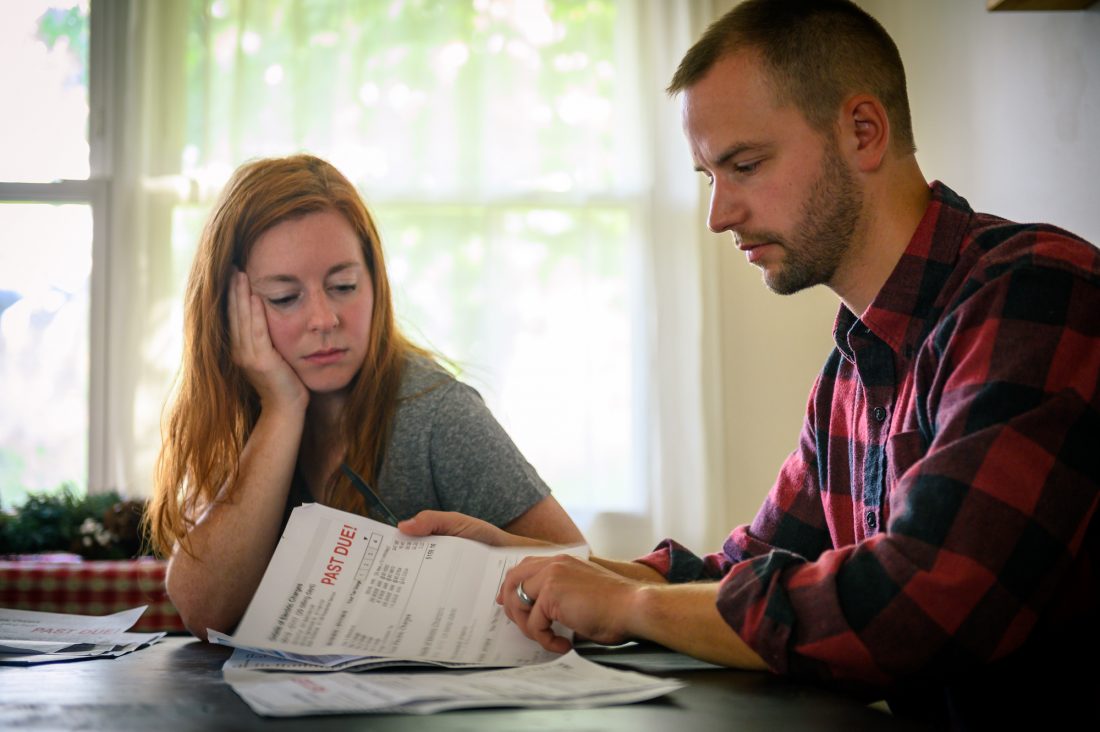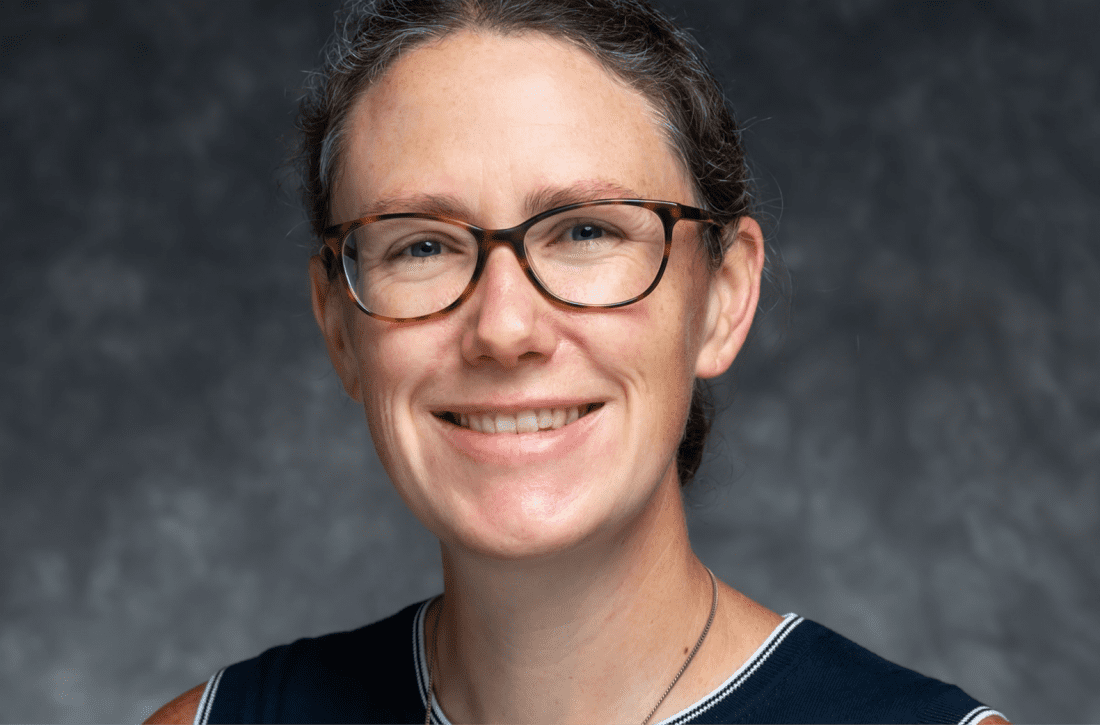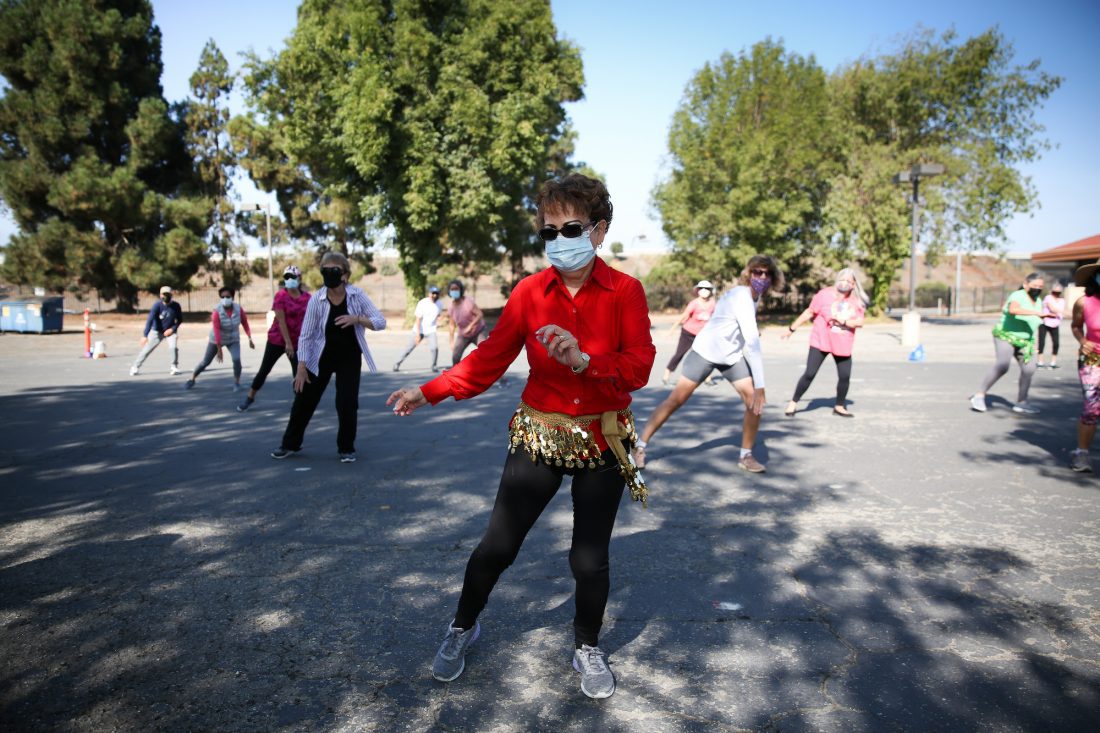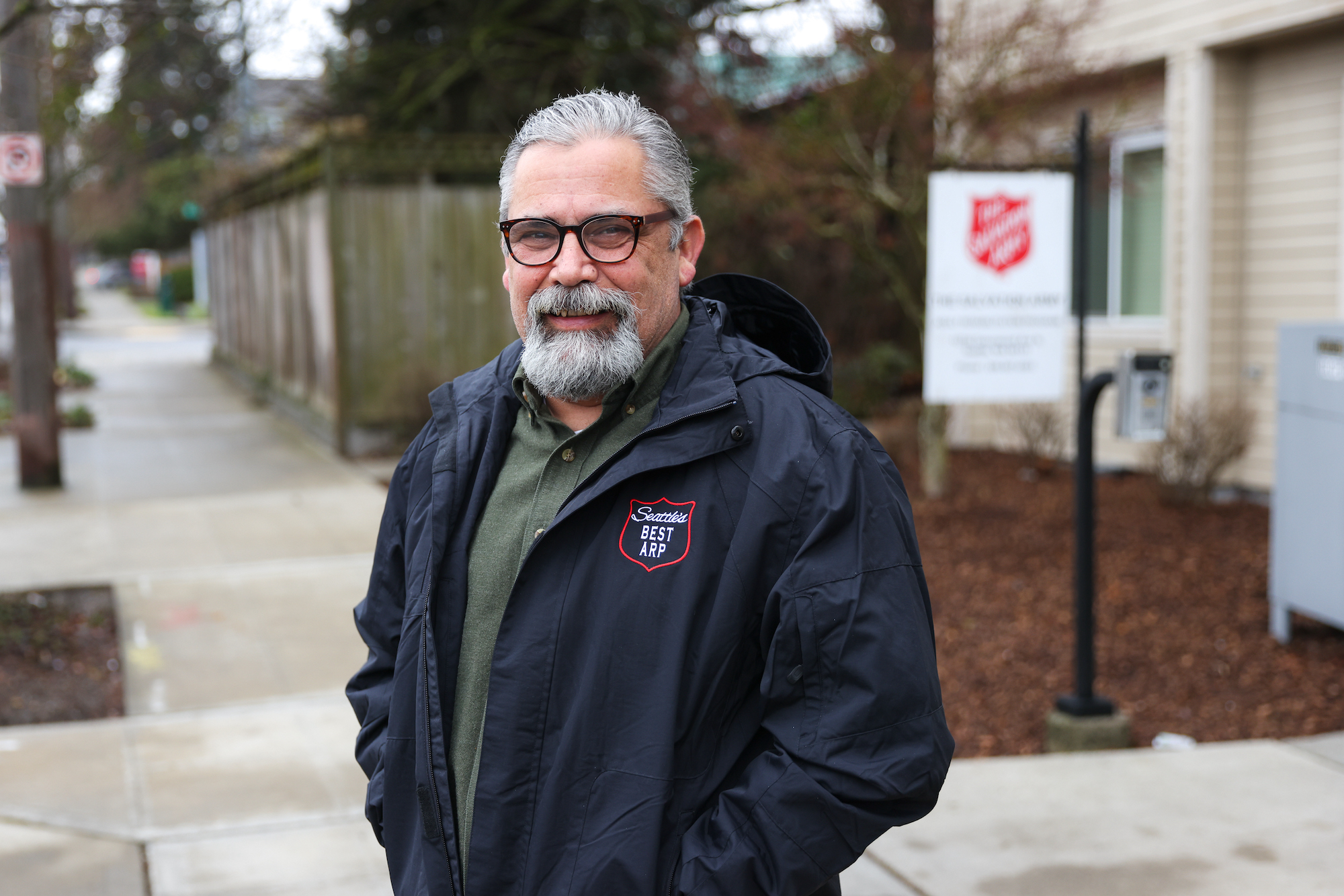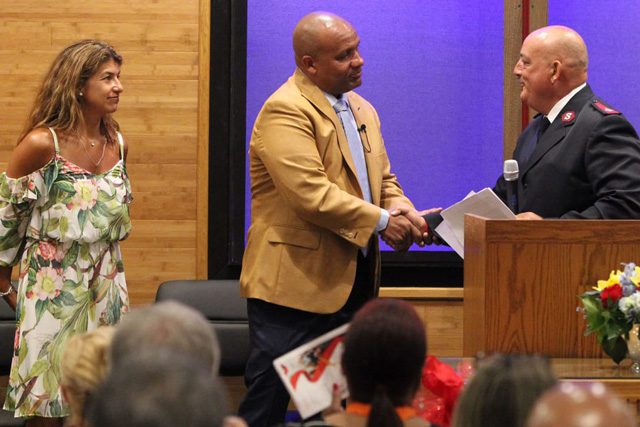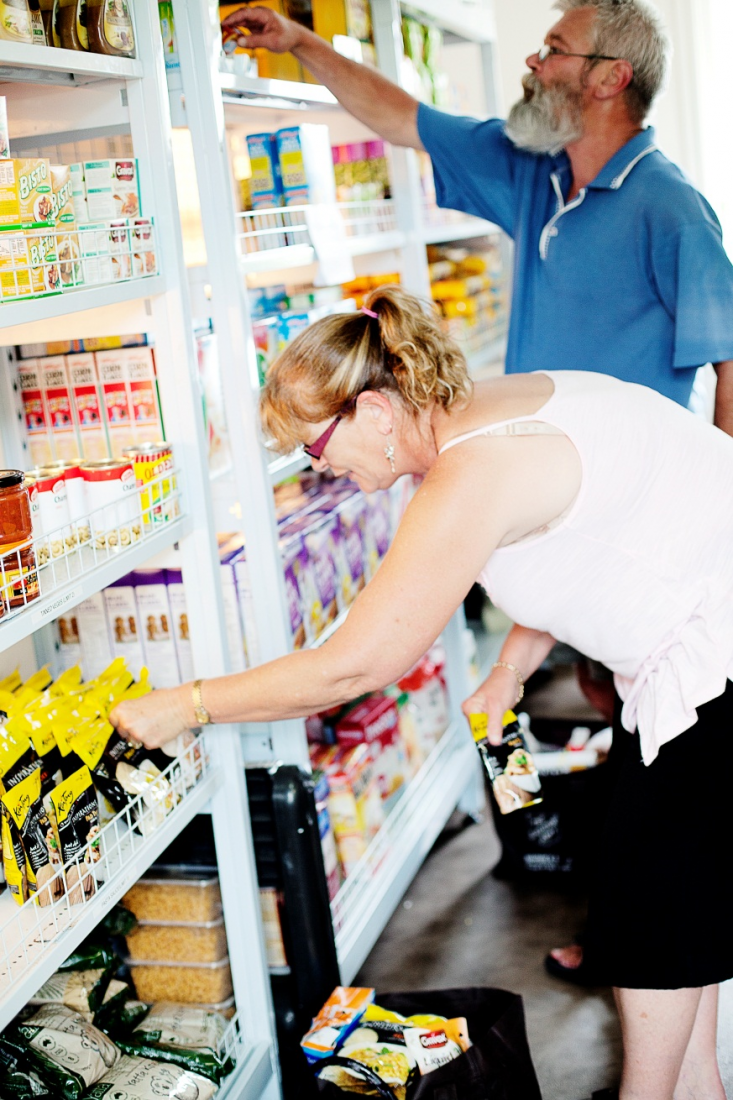The COVID-19 pandemic forced us to embrace a “new normal” through the continuous changes that occurred since the first lockdown in 2020. As we slowly transition to in-person activities, there have been mixed feelings about what to expect.
For some of us, this means returning to work, or school, but for others, there is uncertainty about what is next. The pandemic’s social and economic consequences were numerous and varied – ranging from school closures to devastated businesses and millions of unemployed workers. And for some, returning to work has its own set of barriers.
A “challenging area and barrier to families finding and holding employment is lack of reliable and affordable childcare,” said Territorial Pathway of Hope Project Manager Danielle Handle. “These two areas—housing and employment—reflect the highest need that we see from our clients.”
Dealing with the unexpected obstacles delivered by the pandemic took a major toll on individuals and families across the world. This impact of the social disruption caused by COVID-19 adds to the pre-existing vulnerabilities families who have low-incomes face and sets us back on the fight against global poverty.
According to The United Nations, “About 97 million more people are living on less than $1.90 a day because of the pandemic, increasing the global poverty rate from 7.8 to 9.1 percent.”
Countries responded to the pandemic by ramping up social spending programs to cushion the impact of the economic recession and keep families afloat. But, even with such programs, the pandemic truly made it difficult for some families to come out of poverty or get back on their feet.
“Our home had faced challenges during the start of COVID-19 that affected the income, health and well-being of our home,” said Elizabeth Martinez, a participant at the Santa Ana Temple in Santa Ana, California.
And, she adds, “as my family faced these challenges, I felt overwhelmed.”
The struggles brought by the pandemic have left many families earning low incomes on edge as they attempt to pay for rent and keep the electricity on, pay for groceries and medical expenses.
Martinez said that “during these times, it has been helpful to rely on resources like food pantries, rental assistance programs and local churches to relieve some of the additional stress brought by the pandemic.”
Throughout the pandemic, families like Martinez’s had to request emergency rental assistance as they lost jobs or were impacted by COVID-19.
“It is thanks to these programs that my family was able to keep our home as we navigate other challenges,” she said.
Based on a report published by Urban Institute, “roughly 43 percent of parents living with children report they or a family member has lost a job or work hours due to the pandemic. That includes 62 percent of Hispanic families, 50 percent of Black families and 36.5 percent of white families. Just over half of low-income families and one-third of higher income families reported job losses.”
In California, the rental relief program, Housing is Key, was established in June 2021 by the state. “Housing is Key has been helpful in expediting the process for some of our clients to receive a housing voucher, however I can’t say this is the case for all,” Handle said.
Handle explained that “such families have been put on long waiting lists, competing with the rising number of unhoused individuals… The larger counties in [The Salvation Army’s] divisions are experiencing the latter.”
While employment is increasing and household budget difficulties have diminished in recent months, the employment rate is still below pre-pandemic levels, and millions of people continue to struggle with food security or are behind on their rent payments.
Among the worst impacted are families with low incomes.
Pre-COVID, families with low incomes were already facing various obstacles related to food security and making ends meet. This placed families at a disadvantage in working to recover from the additional challenges they faced throughout the pandemic and the challenges they continue to experience.
According to Santa Ana Temple Family Services Case Manager Vanessa Ortega, “Families are still learning to adjust and are learning alongside their families, friends, and even their own communities.”
Not only did families have to quickly adjust to the changes involved with this phase of coming out of the pandemic, but families continue to navigate a variety of economic barriers.
Ortega explained that families continue to experience an overwhelming amount of material and economic hardship and food insecurity, along with other barriers, like non-affordable housing, lack of job opportunities for immigrant families and lack of insurance coverage and transportation to access resources in their communities.
A shift in access
Another shift that occurred during the pandemic was the way direct services were delivered for families to access. Often, low-income families encounter barriers in service access. As Ortega mentioned, one of those barriers can be linked to lack of transportation. However, for some families those barriers became greater in terms of having to navigate issues with finding in-person services as almost all programs had to adapt to some version of online or phone services.
This shift put pressure on community resources in having to make services even more accessible during difficult times. The team at the Santa Ana Temple had to strategize in order to continue to serve the community after their walk-in services were challenged, Ortega said.
Throughout the pandemic and currently, The Salvation Army in the Western United States has remained focused in their mission to help thousands of families by responding to the needs brought by the pandemic.
Various programs in The Salvation Army, like Family Services at The Santa Ana Temple Our Family Services “can continue to support families with providing financial assistance, such as rental, and utilities.” Ortega explained that “by being able to assist families with these needs has prevented evictions and has also assisted them from having utility disconnections.”
Post-COVID barriers
Even as we continue to emerge from the pandemic, it is important to acknowledge that there are families that continue to face multiple barriers post-COVID. We should continue to respond to the additional economic relief and support families need to get back up. These measures are necessary to give families and children the resources they need to flourish.
This is an opportunity to recognize the needs of low-income families even after the pandemic. Each individual family has their own story of the challenges they have navigated following a second year marked by hardships and challenges. The Salvation Army continues to take measures in providing families and their communities with a sense of hope even after the pandemic.
Healthy support systems help families navigate difficulties.
“This is why the corps integration is vital – we wrap around our clients, so they do not need to go through this process alone,” said Handle. “I believe this is what sets us apart and is key to our clients’ increased hope, motivation and ultimate stability.”
Do Good:
- You’ve probably seen the red kettles and thrift stores, and while we’re rightfully well known for both…The Salvation Army is so much more than red kettles and thrift stores. So who are we? What do we do? Where? Right this way for Salvation Army 101.
- Did you know The Salvation Army served 31 million Americans last year fighting hunger, homelessness, substance abuse and more—all in a Fight for Good? Where can you help? Take our quiz to find your cause and learn how you can join in today.
- Learn more about The Salvation Army’s Pathway of Hope, which aims to stabilize families and end the chronic cycle of poverty through meeting immediate material needs and providing long-term engagement.











